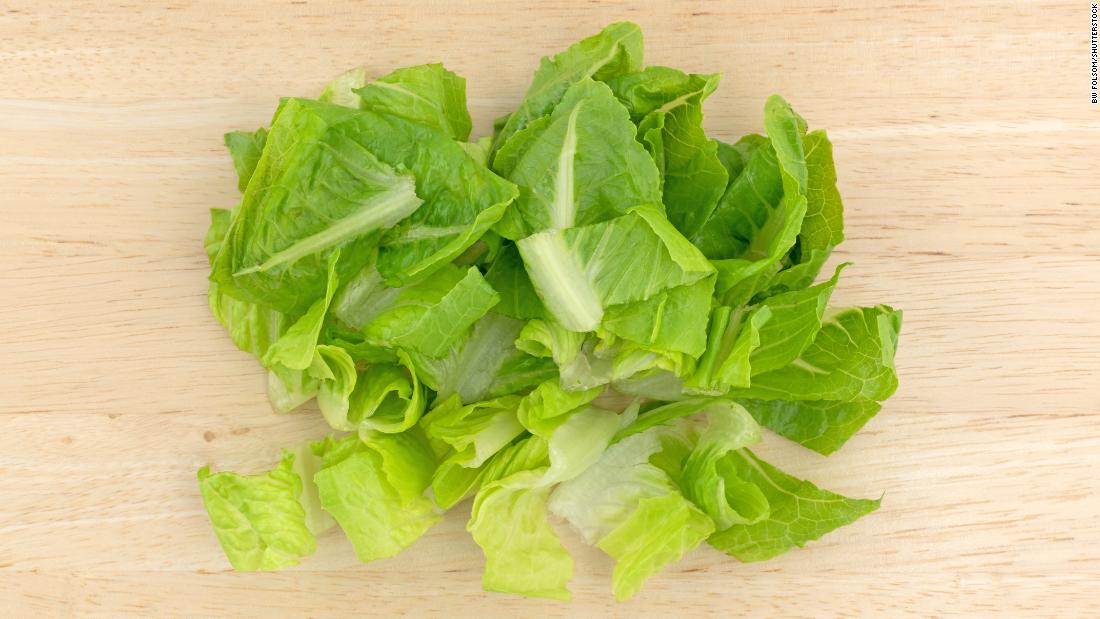
A dangerous strain of E. coli linked to contaminated romaine lettuce has led to a widespread outbreak across 29 states, affecting a total of 149 individuals. Tragically, one person has died due to complications from the infection, according to the Centers for Disease Control and Prevention (CDC).
The Source of Contamination
The outbreak has been traced to romaine lettuce grown in the Yuma, Arizona region, which supplies the majority of leafy greens across the U.S. during the winter months. Despite the growing season in the region having ended, officials continue to warn consumers about the lingering risk of contaminated lettuce in circulation.
CDC's Warning and Recommendations
The CDC strongly advises consumers to discard any romaine lettuce unless they can confirm it did not originate from Yuma, Arizona. Restaurants and retailers have also been urged not to serve or sell romaine lettuce from the affected region. “If you don’t know whether lettuce is romaine, don’t eat it,” the CDC cautioned.
Worsening Impact of the Outbreak
Since its initial detection in March, the outbreak has continued to escalate, with additional cases reported in Florida, Minnesota, North Dakota, and Texas. Over a third of those affected have required hospitalization due to severe symptoms caused by the particularly virulent E. coli strain O157:H7, which is known for its high risk of severe illness and complications.
Historical Comparisons
This outbreak is considered the worst since 2006, when a similar E. coli contamination linked to spinach resulted in three deaths and over 270 reported illnesses.
Ongoing Investigations
Health officials are still working to pinpoint the exact source of contamination and prevent further spread. Given the delay in reporting, additional cases from the past two to three weeks may still emerge in future updates.
Consumers are urged to stay vigilant, prioritize food safety, and avoid romaine lettuce from uncertain sources to minimize the risk of infection.